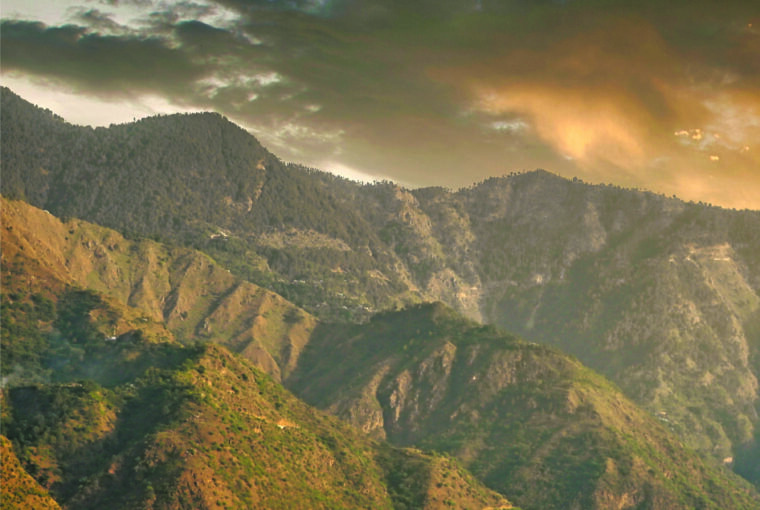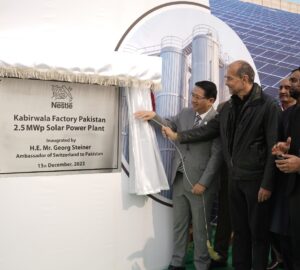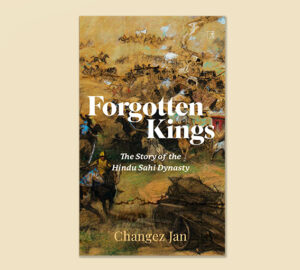2022 was a telling year for environmental activist and writer, Afia Salam. #ExpeditionIndus was underway and she was offered a place on the team rafting down the
mighty Indus River. Aiming to re-establish and re-visit the relationship between this great river and the humans who exist around it, all the way from the mountains in the North to where it joins the Arabian Sea. The trip coincided with the groundbreaking project of the Government of Pakistan titled the Living Indus which is an ecosystem restoration initiative that studies the health of the river and its communities.

#ExpeditionIndus
Expedition Indus was Pakistan’s first ever river- rafting voyage along the course of the Indus River in Pakistan. Part of Serena Hotels’ Adventure Diplomacy initiative, the expedition was led by travel filmmaker Wajahat Malik and aimed to document the harsh realities of the river’s health, life around it and the climate- induced damages to the environment.
When the will of the Universe intertwines with your own wishes, that is when magic happens. It makes you say yes to unknown adventures through uncharted waters, literally! After that, you just brace yourself for the journey.
I received a call from my friend Arieb Azhar telling me that his friend, a travel documentary maker, Wajahat Malik was putting together a group to raft down the Indus and he had suggested my name to be included as its member. My heart did not even allow my head to think and I said yes… and that was it; I was introduced, received a call and was now a part of the #expeditionIndus!

As Wajahat explained, this was going to be a rafting expedition on one of the world’s largest rivers, that starts from Lake Manosaravar in Tibet, passing through Ladakh in Kashmir, and entering Pakistan at Olding near Kargil in Gilgit-Baltistan.

Time was of the essence as the trip could only materialize if it commenced in February before the snow and glacial melts increased the volume in the
river. The UN in Pakistan and the Ministry of Climate Change started a round of consultations for one of the most ambitious adaptation and ecosystem restoration programmes that was titled the ‘Living Indus’!
The symbolism of being a part of both the initiatives was not lost on me, given the fact that this was taking place in the centenary of the discovery of Moenjodaro by Sir John Marshall, the flagship site of the 5000 year old Indus Valley civilization, considered to be contemporary to the Mesopotamian, Persian and Egyptian civilizations.
From the raging rapids in the North, the mighty Indus River snakes through deep gorges and valleys amidst majestic mountains of the HKKH (Hindukush, Karakoram, Himalaya) region. It travels about 3180 kilometres to reach the fifth largest delta in the world, spreading over 29525 square kilometres as it joins the Arabian Sea at Kharochan, a small fisherfolk village at the edge of the delta.
This is a river that nurtured civilizations along its banks, that is the source of livelihoods of millions who are the direct beneficiaries living along its shores, and millions more who are the indirect beneficiaries through human ingenuity and engineering bringing the benefits to them.
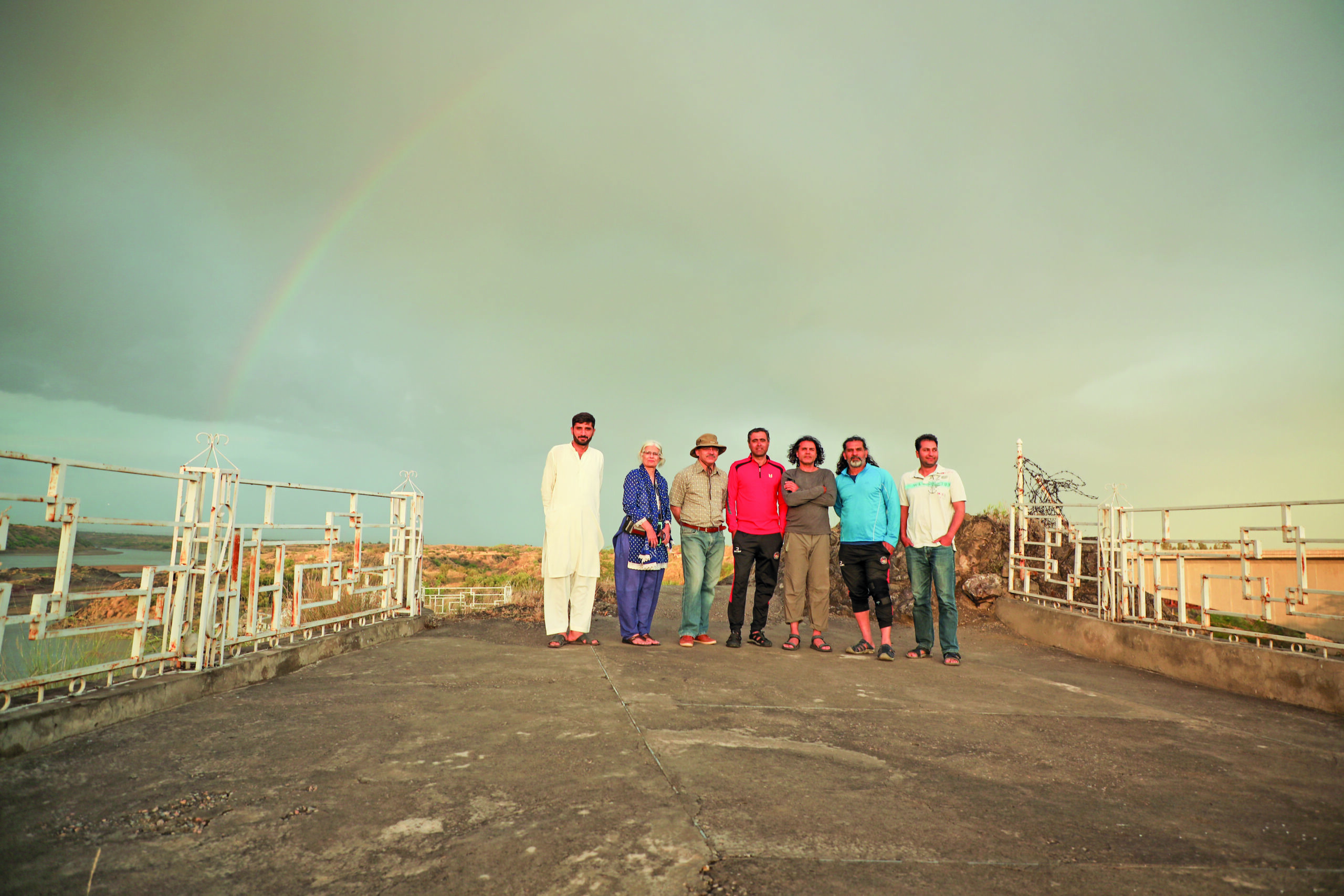
And here is where I met my personal confluence of goals. Being part of #ExpeditionIndus, and the consultative process of the Living Indus project, it became very clear to me that I would be looking at it through the lens of ecology, the impacts of human actions as well as the impacts of Climate Change on Indus.
I felt the need to be the duty bearer and to champion the cause of allowing the Indus to live and breathe as a healthy living entity, much like legal status has been accorded to rivers in other countries, like New Zealand, India, Bangladesh. This is imperative if we have to delink the Indus from the tag of the 2nd most polluted river in the world, flowing through some of the most stunning vistas in the world, with a tourism potential second to none!
The extent of the damage to the health of the River along its path through the basin was to be captured by Expedition Indus through its documentary and repository of photographs. But it was not all doom and gloom. The promise of harnessing its vast potential through generating ecotourism, adventure sports, inland transportation for trade and tourism, the showcasing of history, culture and archaeology, the promise of restoration of biodiversity natural resources being captured by the Expedition Indus team complements the resolve of taking affirmative action by the Living Indus programme. This is a huge ask but an urgent and a much needed one. Addressing each of the priority areas agreed upon through a multi-stakeholder consultative process would be a project in itself. Taking a basin approach means that the ecosystem restoration will be an integrated approach. The potential of gaining economic benefits can come only after looking at it as a sound business investment.
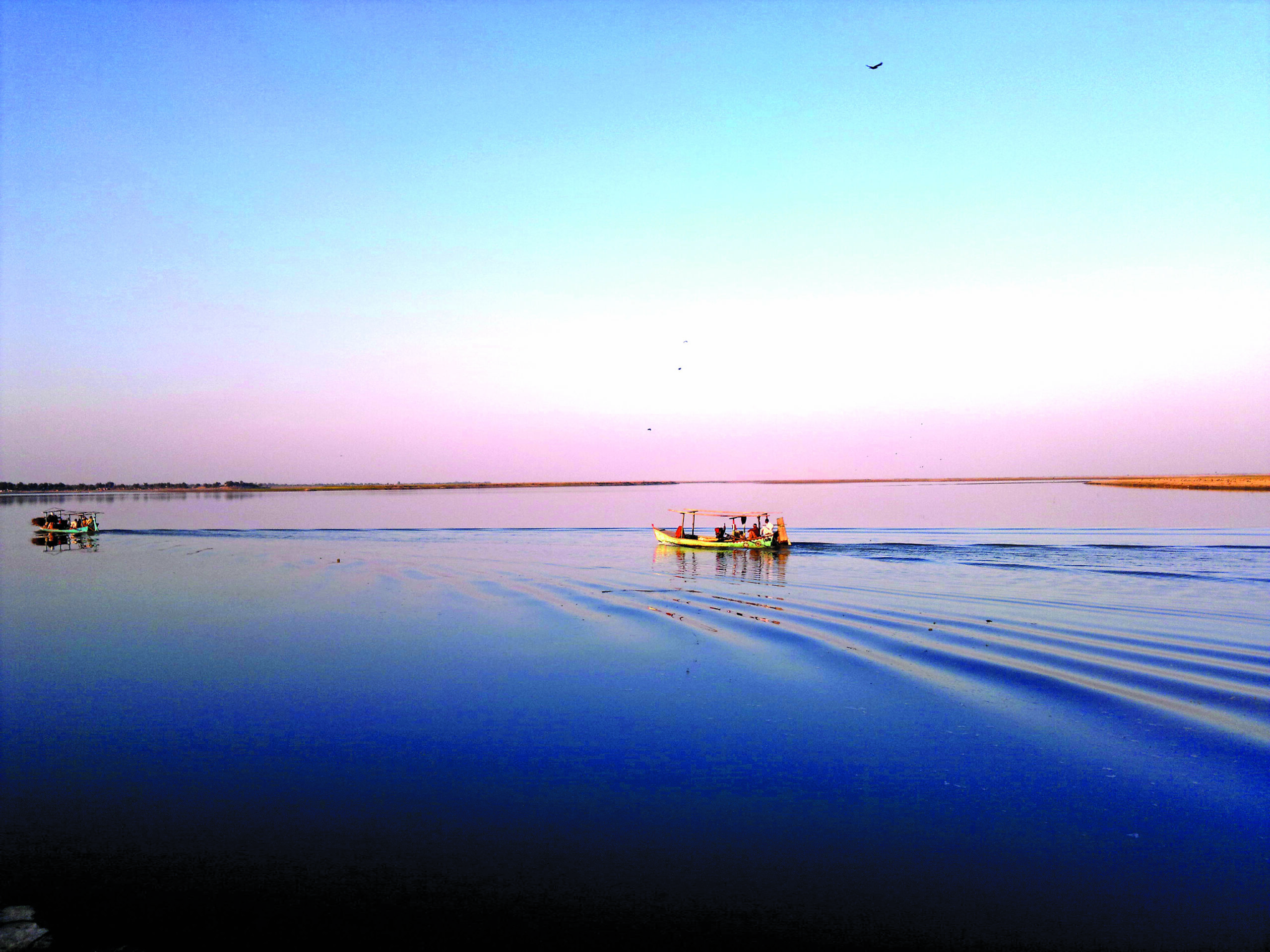
For the first time, our National Security Policy has included environmental concerns, especially in the wake of climate change impacts. The Indus River is the one common thread running through Pakistan. The benefits that accrue from it need to be complementary, rather than competing.
The climate shocks Pakistan has been experiencing as of late, demand an integrated and holistic approach. The SDGs offer us a quick and ready pathway to adaptation. And what is Living Indus if not a coordinated attempt to lay out an adaptation plan across sectors.
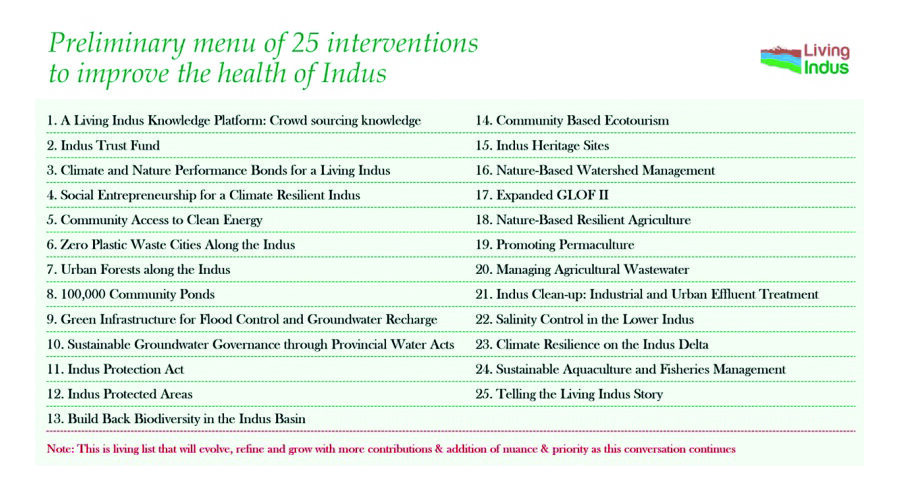
The Expedition Indus lasted 46 days. I was part of it for all but the 16 days the team spent in white water rafting. My becoming a part of it was the Universe’s machinations. It also helped create connections and bonds we never knew existed.
Throughout the entire journey, there were moments of fun and frustration, of tension and relaxation, of experiencing joys of discovery, the sadness, even anger at the degradation and the hope of restoration that we saw in the mangrove ecosystem at the end of the journey was a learning experience we will never forget.
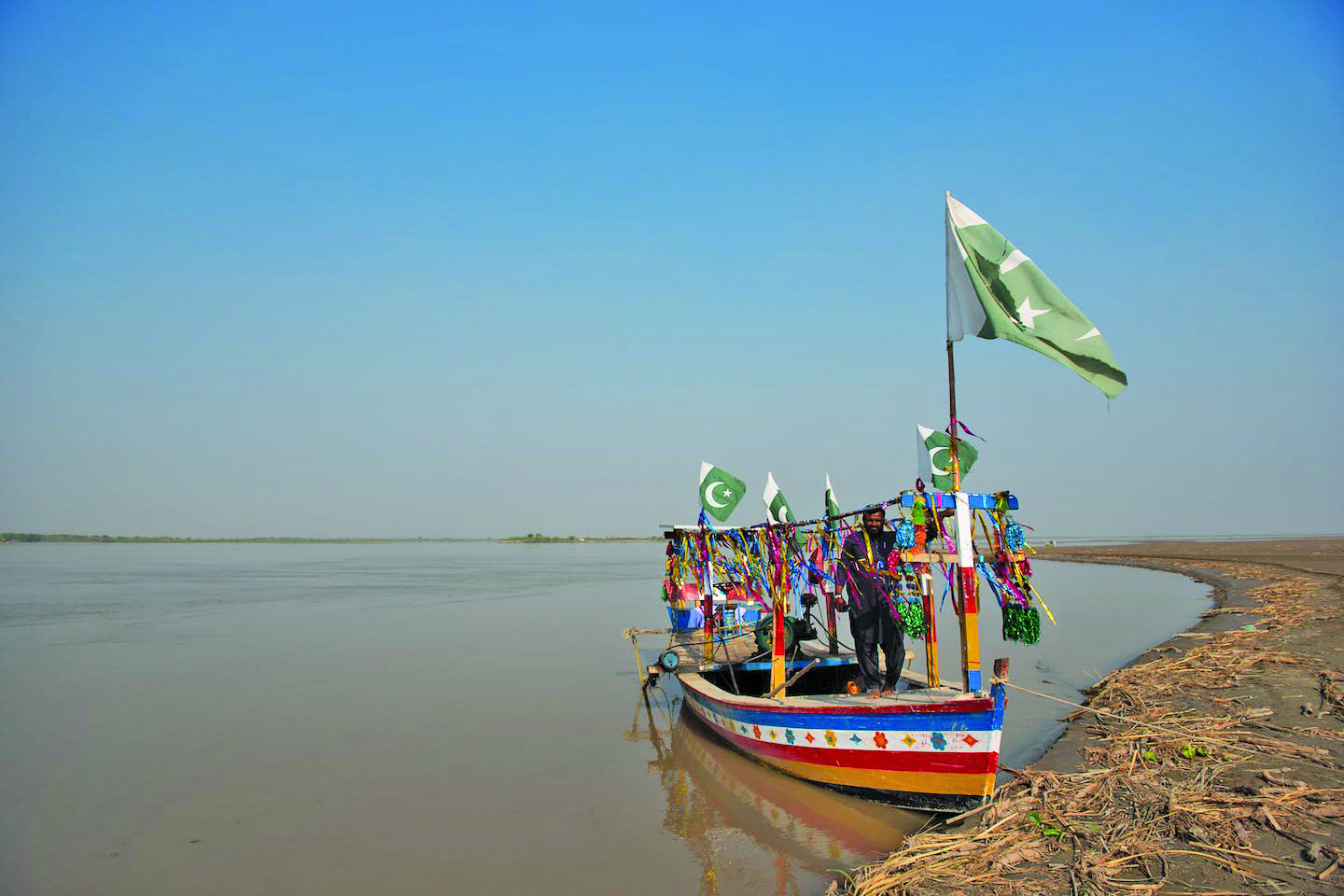
While the aim is to bring the story of Expedition Indus to show how the relationship between the river and humans is complementary, it is in the success of the Living Indus that we vest our hopes in to make sure the story has a positive end.
What is the Living Indus Initiative?
The Living Indus is an umbrella initiative and a call to action to lead and consolidate initiatives to restore the ecological health of the Indus within the boundaries of Pakistan, which is most vulnerable to climate change. Extensive consultations with public sector, private sector, experts, and civil society led to a ‘living’ menu of 25 preliminary interventions, which focus on nature-based solutions and ecosystem-based adaptation approaches to protect, conserve, and restore natural, terrestrial, freshwater, coastal and marine ecosystems in the Indus Basin.


